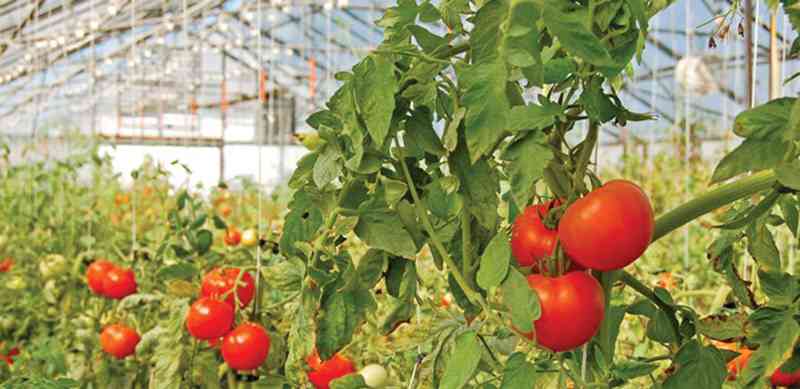
THE European Union (EU) is anticipating Zimbabwe’s annual exports to the bloc to reach €1 billion (US$1,08 billion) in the short to medium term, driven primarily by the horticulture sector, a new report showed this week.
Over the past two years, the EU has continued to increase its relations with Zimbabwe as the latter has always accused the former of implementing devastating sanctions that have cost the economy billions of United States dollars.
However, the lack of investments from the EU bloc to Zimbabwe has mainly been driven by the country’s high debt levels, that are either US$19,2 billion or US$21,9 billion, as creditors have disputed Treasury’s official figures.
According to the World Bank's latest Macroeconomic and Financial Weekly Monitor report, the Africa Chief Economist's Office (ACEO) revealed that the bloc was seeking to capitalise on improving relations with Zimbabwe by encouraging firms to explore investment opportunities in the country.
“The European Union anticipates a significant rise in Zimbabwe’s annual exports to the regional bloc, aiming for €1 billion in the short to medium term, driven primarily by the horticulture sector,” ACEO revealed in its report, shared with stakeholders.
“Despite past diplomatic tensions, relations have gradually improved, leading to increased financial and technical support from the EU.
“With existing trade agreements providing duty-free access for Zimbabwean products, efforts are underway to raise awareness among companies to leverage these opportunities and expand trade further. Additionally, EU initiatives are addressing challenges such as the El Niño-induced drought, with substantial funding allocated to mitigate its impact.”
The local horticulture industry is seeking to grow the area under it from 36 600 hectares (ha) to 55 300ha by 2025, with a gross value to US$3,9 billion and an annual export value of US$1,32 billion.
- CCC urged to push for dialogue over reforms
- Japan, EU in lukewarm response to Zimbabwe’s lobby to lift ivory ban trade
- Walk the talk on reforms
- EU concerned about proposed Zim laws
Keep Reading
Last year, Zimbabwe exported goods worth approximately US$7,2 billion against imports of US$9,2 billion, according to the Zimbabwe National Statistics Agency.
However, debt continues to chase away EU lenders and traders from doing business with Zimbabwe's public and private sectors.
The report noted that Zimbabwe wanted steep reductions in debt values from creditors, as part of efforts to reorganise arrears that are a weight on the economy.
Finance minister Mthuli Ncube during last week’s African Development Bank (AfDB) annual meetings, noted that due to the country’s high debt levels, it was now in debt distress.
“The country has been locked out of international capital markets since 1999 after it defaulted on its debt. The list of external creditors includes the Paris Club, World Bank, European Investment Bank and the AfDB,” the ACEO said.
“Earlier this year, the US exited from talks that began in 2022. Meanwhile, the government intends to continue making quarterly token payments to international financial institutions as a show of commitment, according to Ncube.”
In its Annual Economic Outlook for 2024 released last week, AfDB said that Zimbabwe had only experienced minimal structural transformation in the last two decades owing to debt accumulation estimated at 87% of the gross domestic product (GDP) in 2023.
“The services sector has remained the major contributor to GDP over the last decade, averaging over 50% since 2010 and reaching 55% in 2023. Persistent socioeconomic pressures led to human capital flight of an estimated three million mostly skilled workers.
“Labour shifted from higher value-added sectors, such as agriculture, industry, and high-productivity services, to lower value-added sectors, including wholesale and retail trade,” AfDB said.
“Zimbabwe’s labour productivity growth remains depressed and ranked very low among 17 lower-middle-income countries in Africa. Prerequisites for Zimbabwe’s structural transformation are debt restructuring and clearance of arrears to create fiscal space for investment, attract foreign direct investment, and unlock access to global financing opportunities.”
AfDB said Zimbabwe’s main creditors, including multilateral and bilateral donors, which account for 76% of its debt, have a key role in accelerating agreed reforms and arrears clearance.






